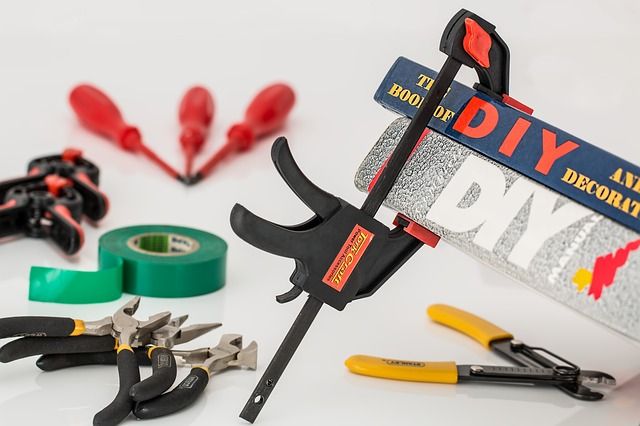
How many ways can you think of to save money by taking care of home maintenance items, making your own clothing, your baby’s food and dozens of other projects?
You can save lots of money if you go about it right.
Know What You Are Doing
First on the list of don’ts is the obvious: Don’t undertake DIY projects unless you know what you are doing. Free courses through local schools, colleges, libraries, stores, sewing centers, etc. can prepare you for routine home upkeep chores. Book stores have shelves of how-to books and there is a website for any job you could imagine. Don’t start a project until you’re sure you can finish it.
Leave It To the Experts
Stick with things you are genuinely willing to tackle. If you are put off car repairs by the smells and dirt, leave it to the experts. Focus on projects you want to undertake and have reasonable expectations of success.
Estimate The Time It Will Take You To Complete Your Project
Start small. Re-roofing an entire house is a huge, dangerous and expensive undertaking. Start with a small section of roof on a garage and see what the reality of the full job would be.
Do Your Own Lawn Care
Lawn care might be a good place to start. If you have been hiring it done, enlist the help of family members and do it yourself. Don’t assume you have to do every bit of every job yourself.
Review & Update Your Plans
Reassess your budget periodically to see if there are items you could eliminate or undertake to do on your own rather than pay to have them done.
Get Rid of It!
Sell (or donate) items you no longer need. Keep track of their value to use for tax deductions. Items that have value as collectibles can be offered on eBay.
You will multiply the value of Do-It-Yourselfing by putting the money you saved into your regular savings or into a separate account for emergencies.



